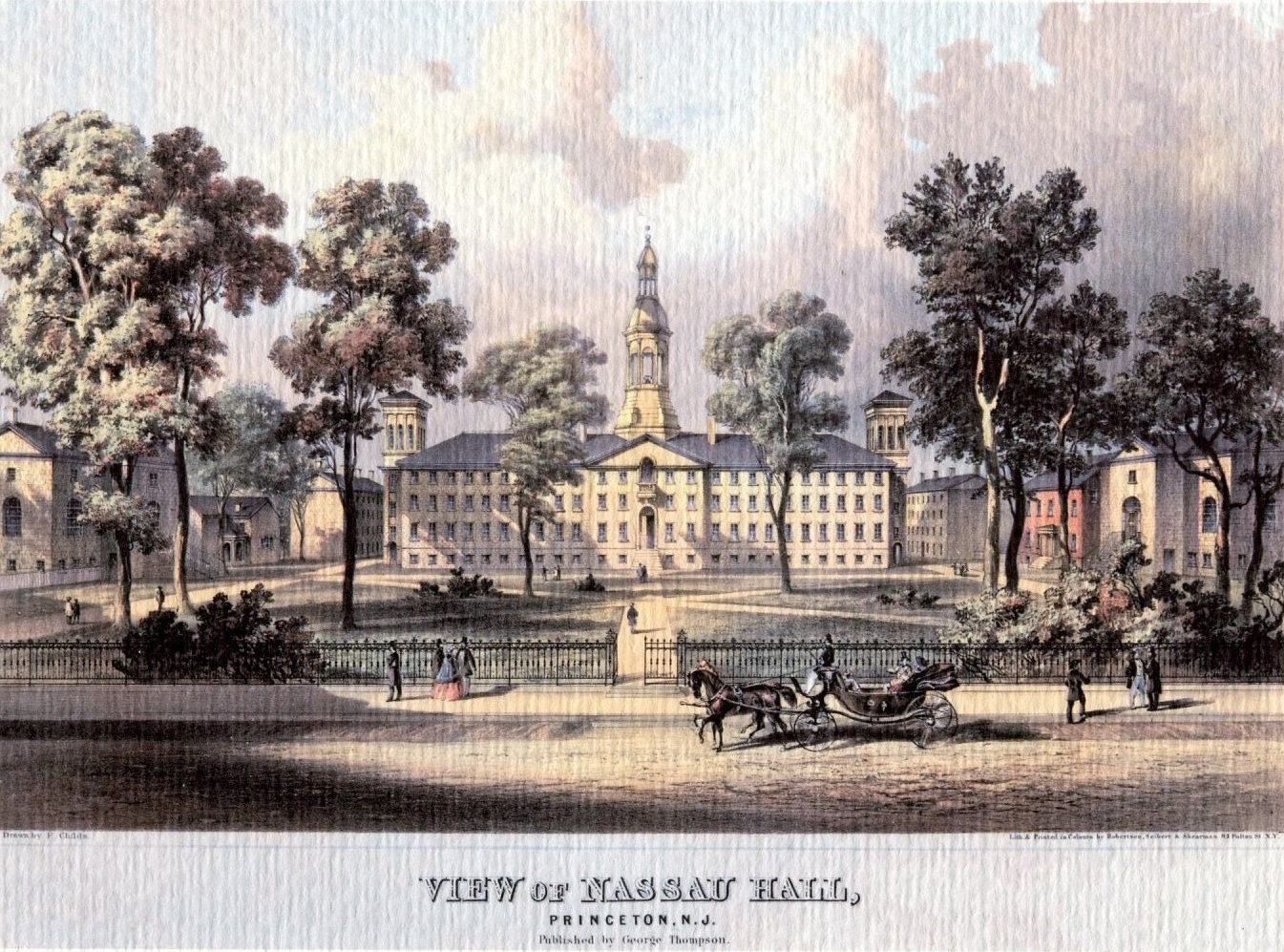Dear Mr. Mudd:
Have orange and black always been Princeton’s colors?
There were no official school colors at the College of New Jersey (better known simply as “Princeton” as early as 1756) until it assumed the name Princeton University in 1896. Students complained about this in the June 1867 Nassau Literary Magazine, then the baseball team wore orange badges with black lettering in a baseball game that month. George Ward, Class of 1869, had suggested orange in honor of William of Orange and of Nassau, for whom Nassau Hall is named.

The colors of William of Orange were orange and blue, and orange and black came about largely through repetition more than intent. In fact, the 1874 baseball uniforms had orange trimming against a “greyish blue,” perhaps reflective of the original orange and blue color scheme for the House of Nassau. Yet it seems unlikely that with blue’s already-close association with Yale that it would have achieved much popularity for Princetonians, who hoped to show their school pride by bearing their team colors at sporting events. A sea of blue on both sides would have been counterproductive.

Faculty approved the wearing of orange ribbons with “Princeton” printed on them in black ink to represent the College of New Jersey on October 12, 1868. Students in the regatta at Saratoga, New York in 1874 wore orange and black ribbons on their hats, which had been purchased by William Libbey of the Class of 1877. Libbey popularized the wearing of the orange and black on campus.

Rumors circulated at Rutgers that they should not choose orange and black as their colors because those colors belonged to Princeton, though this had not officially been set. In 1876, Princeton’s football team wore black jerseys with an orange “P” on the chest in their game against Yale. By the end of the 1870s, orange and black were understood to be Princeton’s colors, but this was not official until 1896, when the Board of Trustees adopted orange and black as the colors of the gowns for Princeton University as they changed the name of the institution. At the time, some were advocating that the colors be changed to orange and blue to reflect the historical significance of the pairing as the original colors of House of Nassau, but this did not win the day. By that time, Princeton was closely associated with three symbols–the tiger, the cannon, and the tiger lily–all of which had black in their color schemes.

Though the tiger gradually edged out the tiger lily and the cannon as the most popular mascot, Princeton’s orange also drifted away from what one would normally see in the coloring of a large cat. In 1960, the Trustees adopted an official shade of orange, to be known as “Princeton Orange, a far brighter one than an actual tiger’s fur.
Sources:
Board of Trustees Records (AC120)
Historical Subject Files (AC109)
For further reading:
Armstrong, April C. “When Did the College of New Jersey Change to Princeton University?“
Cleeton, Christa. “Which Came First? The Tiger or His Stripes?“
Linke, Dan. “When Did People Start Referring to the College of New Jersey as Princeton?“
